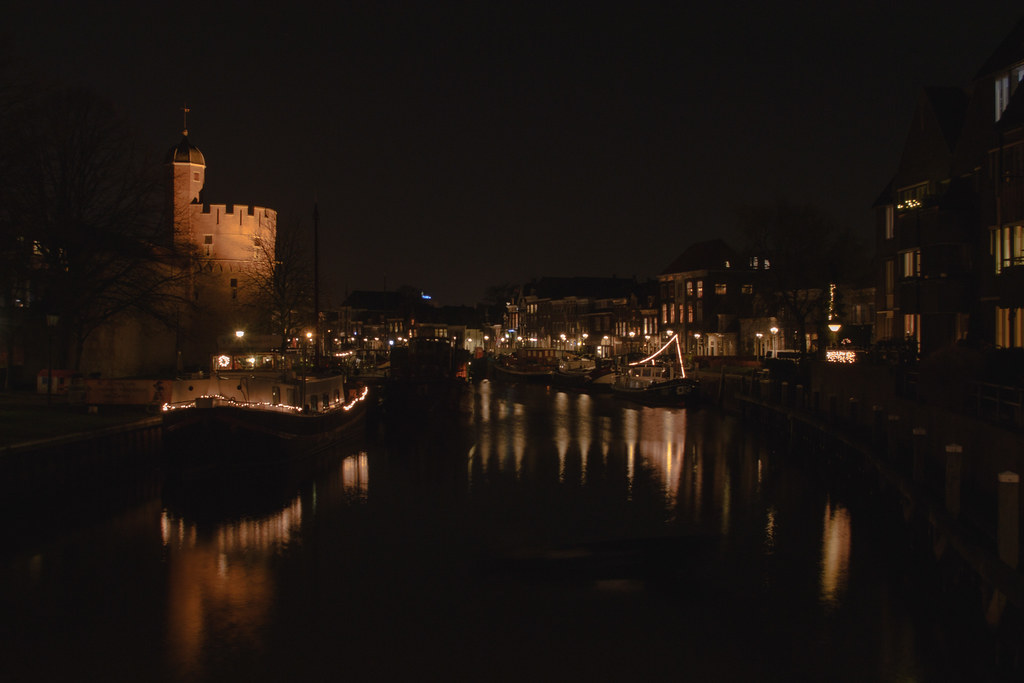Many longtime Twelve Mile Circle readers probably already guessed that this article that would come next. Immediately after a story about the beginning of the alphabet, naturally one would expect to find one about the end. It became an equally difficult task too, except for the most notable location.
Take a moment to ponder this insect.

Zyzzyx chilensis, a type of sand wasp native to Argentina, Chile, and Peru, got its name in the 1930’s. Flies would view this creature as particularly nasty and formidable. This wasp has a peculiar habit of laying its eggs on flies, which then hatch and consume its host parasitically as the larvae grow. I thought it sounded pretty gruesome.
Don’t worry, I haven’t gone completely off the deep end just yet. What may seem completely irrelevant actually helps establish context. Every site I examined included Zzyzx (spelled slightly differently than the name of the wasp) as the final entry on any alphabetical list of place names. Actually, it was the only entry. Like Zyzzyx chilensis, it preyed upon the weak and helpless in a parasitic manner as readers will soon see.
Zzyzx, California, USA

I couldn’t find a definite connection between Zyzzyx chilensis and the settlement of Zzyzx (map) although the timing seemed oddly coincidental. The former Soda Springs became Zzyzx in the 1940’s, during the same basic time period. Even so, I’m not going to spend a lot of time talking about it for a couple of reasons. First, every oddball website mentioned Zzyzx so I didn’t have anything new to add. Second, it was a contrived name. Someone came up with it specifically to place it at the end of any alphabetical list. So Zzyzx cheated.
A self-proclaimed minister-slash-doctor named Curtis Springer created Zzyzx Mineral Springs and Health Resort on the western edge of the Mohave desert between Los Angeles and Las Vegas. He promised all sorts of miracle cures and made piles of money. It was a complete fraud including the alleged “hot springs” he heated with a boiler. Springer didn’t even own the land. The government removed him from his desert domain in the 1970’s. After that Zzyzx became the Desert Studies Center for California State University, Fullerton so at least some good came from it. Roadside America had a particularly nice summary.
Everything about Zzyzx was fake including its name. Nonetheless, I couldn’t find any other place that began with a Double-Z, and it will likely remain alone until someone decides to honor ZZ Top geographically.
Beginning with ZY

I jumped farther down the alphabet for places beginning with ZY. There were several waiting to be found.
Zywiec, Poland seemed to be the most significant (map). It had a population of a little more than thirty thousand and its own brand of beer. The Zywiec Brewery had a nice range of beverages although I couldn’t figure out much because the website was entirely in Polish — not that I’m complaining since it should be in Polish — just that my navigation was less than elegant as I guessed randomly and hoped for cognates. [Update: it now has an English-language page].
Zyryanka (map) in the Sakha Republic of Russia also deserved a mention primarily because the 12MC Complete Index Map lacked decent coverage of Russia. I didn’t even know if the Russian name would be remarkable in its native language or not. Anyway, the settlement apparently dated back to the 1930’s to serve local coal mines, and other than that it was probably more notable for its remoteness and frigid temperatures.
Beginning with ZW

I didn’t find any ZX places although there were plenty of ZW’s as I worked my way back down the alphabet. There were too many to discuss although here’s a small sampling:
- Zwönitz, Germany (map): a smallish town in Saxony founding nearly a thousand years ago.
- Zwolle, Netherlands (map): the Province of Overijssel’s capital city, perhaps the most predominant ZW location with more than 125,000 residents.
- Zwicky, Canada (map): an unincorporated area (railway point) in Kootenay Land District, British Columbia
Feel free to nominate your favorites.

Leave a Reply